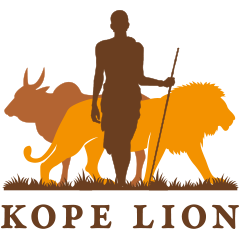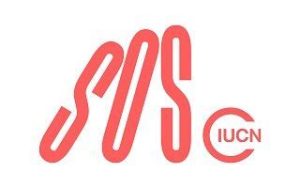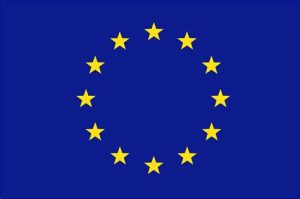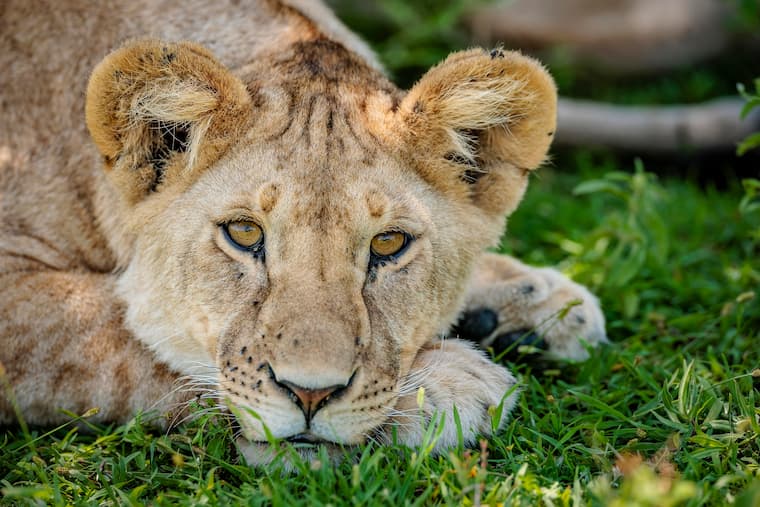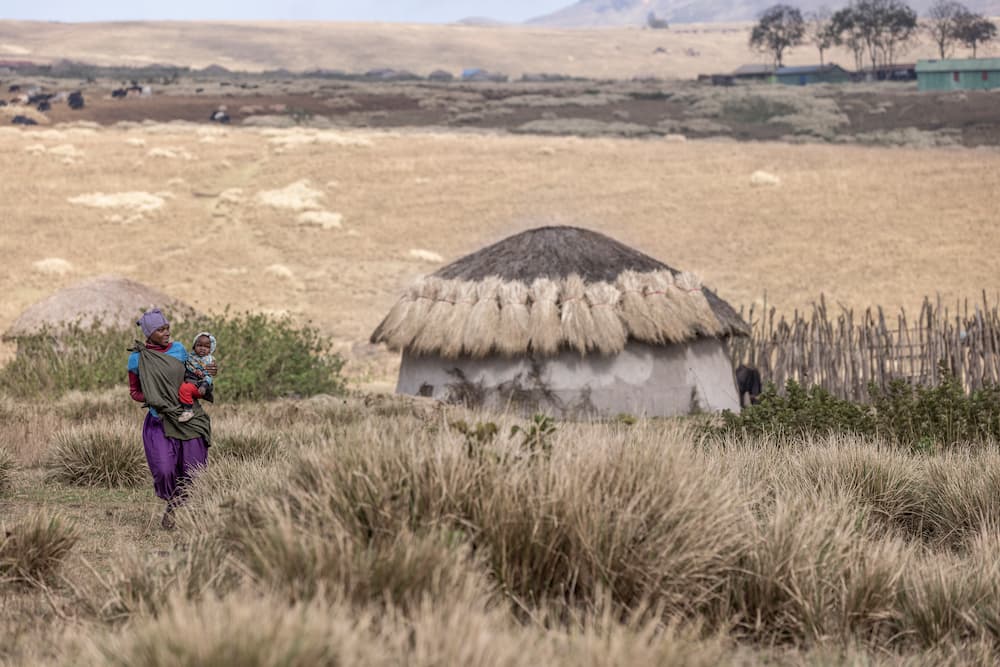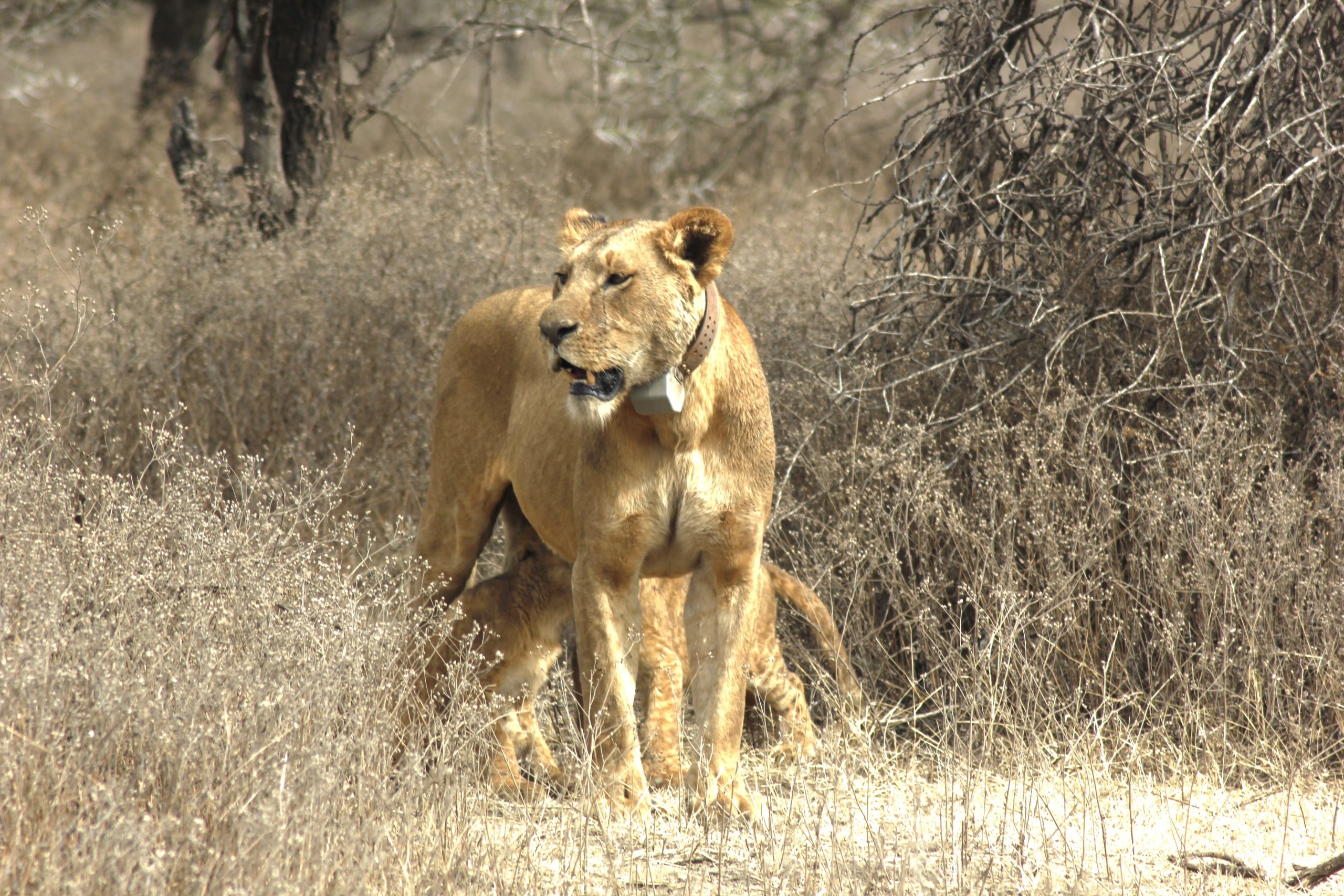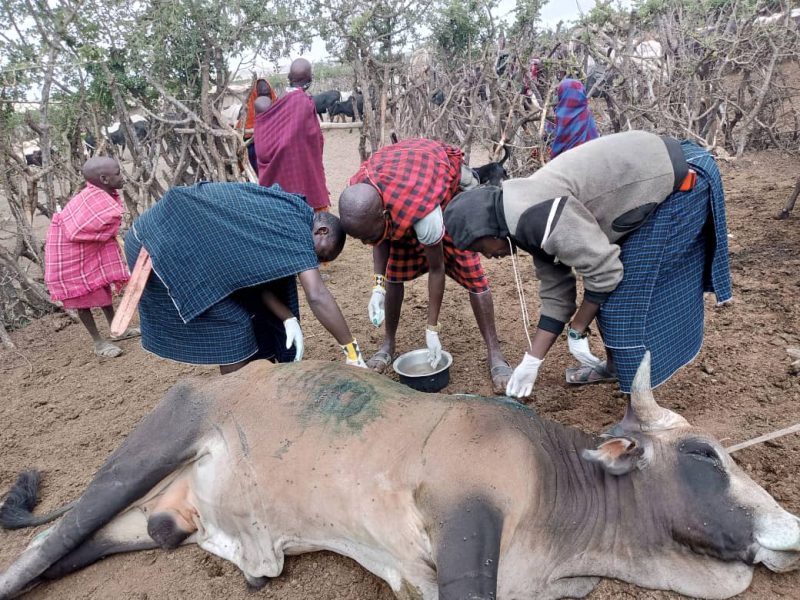
Wound treatment training Kakesio
Three new ilchokuti in Kakesio
With the success of our first ‘corridor of tolerance’ to ensure that lions can connect safely between the crater and the Serengeti, we are now working on a second – from the highland areas of Ngorongoro Conservation Area all the way to Maswa Game Reserve/ Makao Wildlife Management Area and the Mwiba concession.
We have little knowledge of the lions in the villages of Kakesio and Osinoni, so with support from IUCN Save Our Species, co-funded by the European Union, we have recently employed three new Ilchokuti to work, within their communities, to help protect people, livestock and lions, monitor lions traversing across this landscape and to secure this corridor for lion connectivity.
Kakesio is an area of contrasts, from short grass plains to thick forests, featuring seasonal rivers and rocky outcrops, supporting traditional pastoralists, livestock and wildlife. With lions listed as threatened on the IUCN Red list, it is crucial to ensure that metapopulations are connected. It is equally important to secure healthy landscapes for lions to roam and live in, which then help maintain services such as water sources, and carbon storage to mitigate climate change, support food security and protect communities against weather-related disasters.
KopeLion put people first, engaging them in conservation, opening channels for conversations and supporting them to live alongside lions. By working so closely with the traditional pastoralist people of Ngorongoro, we have won their trust, and there is now high demand for the Ilchokuti.
Kakesio have welcomed us into their villages to expand our area of work in Ngorongoro. While we aim to maintain lion populations, we also help to keep herds out of danger, treat livestock wounded by lions, find lost livestock, improve livestock enclosures and elevate cultural practices focused on safety. In areas with high levels of poverty, while lions are a threat, we believe that we can support peoples’ livelihoods and we hope that we can make all the difference to the families in Kakesio.

A rest from telemetry training Kakesio
This publication was produced with the financial support of the European Union through IUCN Save Our Species. Its contents are the sole responsibility of and do not necessarily reflect the views of IUCN or the European Union.
